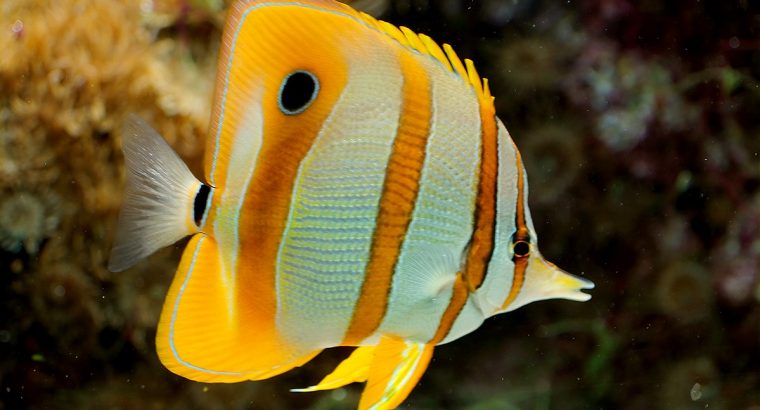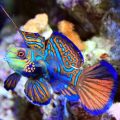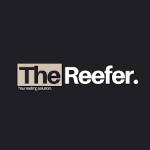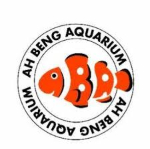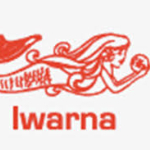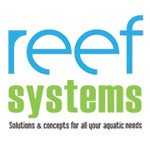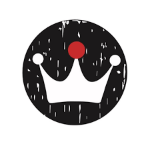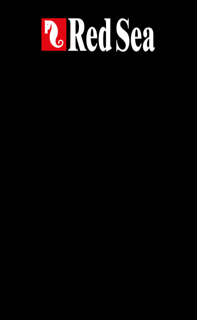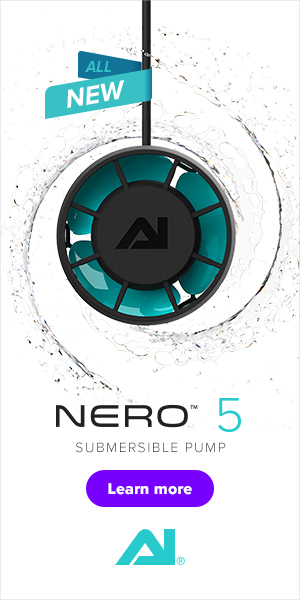From the Fishes’ Mouth
Imagine, to eat a box of popcorn chicken on the table, such an easy task right?
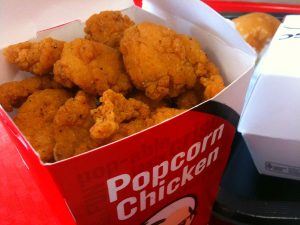
Now imagine the popcorn chicken is thrown at you from a third floor window. Not that easy anymore right. The same great tasting popcorn chicken now becomes very difficult, if not impossible for you to enjoy.
Such is the struggle of the fishes in our aquarium. Just like we human are not adapted at catching flying bits of chicken, few fishes are well suited to catch dropping bits of who-knows-what from thrown into water by some alien looking beings.
So the question of the day: How does fish eat? To answer this question, one only need to look at ideas such as the activity level of the fish, it digestive system, its living environment, its eyes, mouth, fins, lateral lines, camouflage, etc. etc. Today, we look at the most obvious. The mouth.
Position and Orientation
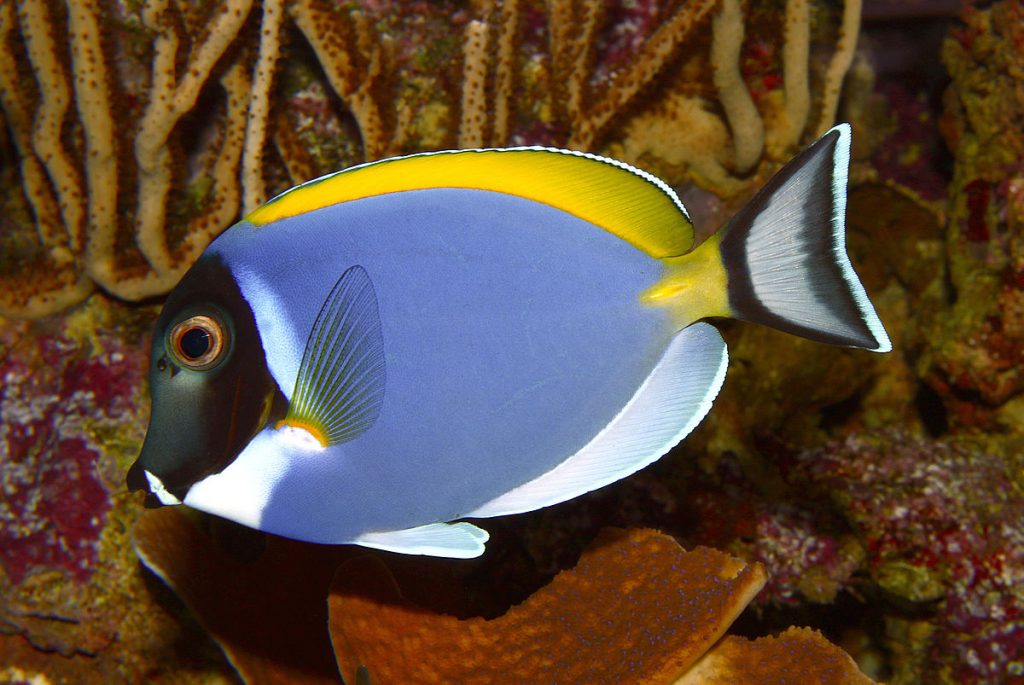
If a fish spend most of its time picking up food from the substrate, it make sense to have its mouth pointed towards the bottom of the sea, like this powder blue tang here. The downward facing mouth allows the fish to remain mostly horizontal as it grazes on the algae on the rocks. Nobody likes to do a headstand and eat happy meal, right?
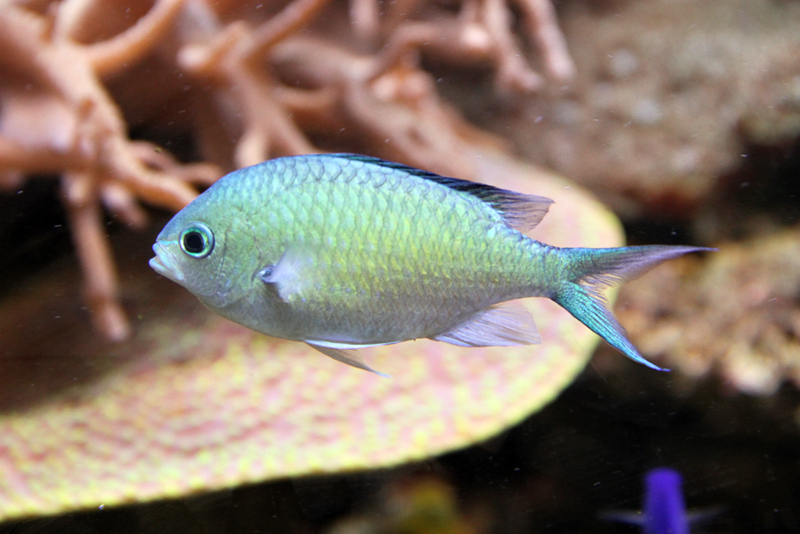
On the other hand, a blue green chromis, which is a planktonic feeder, consumes phytoplankton, zooplankton and various copepod from the water column. These food stuff either drifts with the current in the sea, or swims actively. The chromis needs to chase after them, and naturally, a front facing (a.k.a terminal) mouth is the sensible one to have. Nobody enjoys doing a backflip whenever he eats a piece of fries.
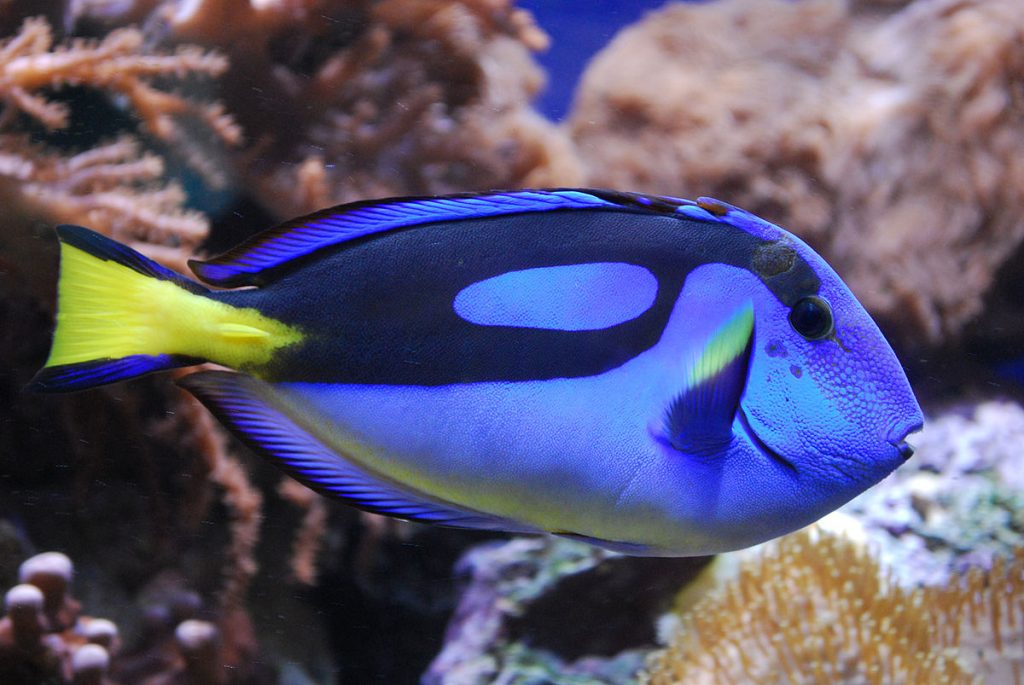
Take a look at this all-so-familiar picture of a hippo tang. What do you think is the main diet of this cute “Dory”?
Unlike a typical Acanthuridae, the mouth of a hippo tang is terminal, and pointed forward. This position and orientation suggests that the fish chase down their meal. Indeed, the planktonic food and copepods are the main diet for these fishes in the wild, quite a bit different from the algae feeders of the rest of the tang family. I suppose this is one of the reason why this fish belongs to the genus of Paracanthurus, where the prefix “para-“ means “resembling” or “apart from”.
Anatomy of Mouth and Teeth
It is common sense to know that the mouth and teeth of a lion is very different from that of an ox. The structure of the mouth and teeth are largely determined by the food they prey on. The mouth must open and close fast enough to capture the prey; the jaw must be strong enough to manipulate the captured prey, the teeth must be well suited to cut, sweep, or detach the food from the substrate and hold the prey firmly. Therefore by looking at the feeding apparatus, we can have a glimpse of how the fish might feed in its intended environment.
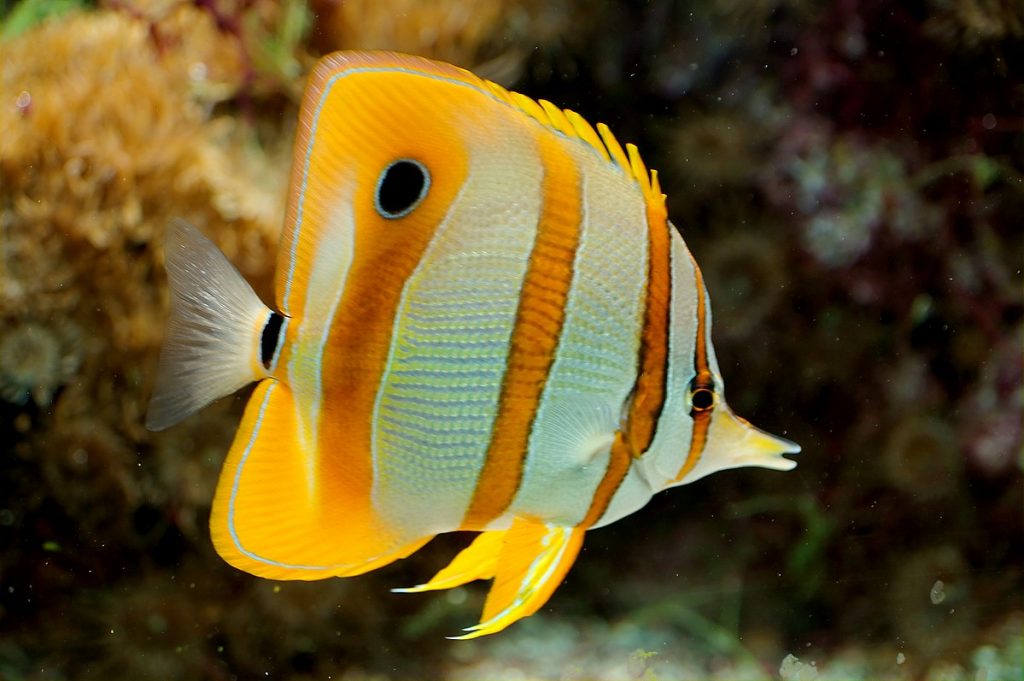
Let’s take a look at a very popular candidate, Copperband Butterflyfish. Firstly, the mouth is located ventrally (near the tummy). It is also slightly pointed in the ventral direction. This arrangement suggest copperband butterfly fish is a benthic feeder. However, it will be greatly mistaken to think that this fish will gobble up hair and turf algae like a yellow tang
The mouth of the copperband butterfly is long and narrow, ill-equipped for grazing, but perfect as a pair of forceps to pickup things hiding in the nooks and crannies. The leverage of the long mouth comes at the cost of weaker bite force, so it will be unrealistic for the fish to crack open the shell of a vermetid snail. It will more likely than not, go for softer food. In addition, the teeth of the copperband butterfly are fine bristles. These relatively soft teeth is ineffective at scraping and cutting algae off the rock, nor can they break off a small piece of food easily. What they can do very well, however, is to provide a good grip things which are small and soft (any maybe slimy), such as a worm, or aiptasia.
Take a moment to appreciate the difference between a pellet and a fan worm hidden in the rocks. Let the difference sink in, and perhaps it is clear why copperband butterfly can be hard to feed in an aquarium
So how about us (aquarists)?
One of the key question always asked by an aquarist is “is it feeding? Does it eat pellets?” This is a sensible question to ask, because a non-feeding fish will eventually suffer a long and painful death through starvation. I’m not here to give you a silver bullet, but to offer a few idea for you to consider.
- Are there food items in the tank which resembles what the fish might eat in the wild? Some algae on the rock, some detritus in the sand, some flat worms hiding on the coral. These might be just the thing needed for the fish to start feeding. However, almost always, these food is non-sustainable in the tank.
- Can we provide food of the suitable size and texture, and present it in a way which the fish can access easily? It’s a happy sight when u see an Achilies tang dashing for pellets, but it more natural for the fish if they get to pick the pellet up from the substrate. Some new fishes are often deprived of the chance to check out pellets on the substrate, because their greedy tank mates wipe out the food before they can hit the ground.
- In the long run, can we teach an old fish a new trick? Sure, pellets are not the “ideal” food for marine fish, but aquarium keeping is a compromise. In this aspect, a fish which eats pellet heartily is more likely to do well in the long run. So there are merits to getting fish to be pellet eating. A good thing that fishes are very adaptable. Very often, they can observe other fishes and learn to take pellet from the water column even if that is unnatural to them.
- Eating does not mean the fishes gets the nutrients it need. Is the food of good quality? Is the food of the suitable nutrition profile? Does the fish have a healthy digestive system and its microfauna? May be this will be discussed in a different article.
- What is true for fish is true for other things we keep. Many corals and invertebrates have differently designed mouth/mouth-equivalent. By considering the anatomy of these parts, we can also get a rough idea of how they should be fed.
Form follows function. Observe the fishes and you may just hear what your fish is telling you all these while.
————————————————————————————————————-
Photo Credits;
By Mike Mozart from Funny YouTube, USA – KFC Popcorn Chicken, CC BY 2.0, https://commons.wikimedia.org/w/index.php?curid=49005426
By H. Zell – Own work, CC BY-SA 3.0, https://commons.wikimedia.org/w/index.php?curid=15338597
By Citron – Own work, CC BY-SA 3.0, https://commons.wikimedia.org/w/index.php?curid=14915752
By DerHans04 – Own work, CC BY-SA 3.0, https://commons.wikimedia.org/w/index.php?curid=10762038
By I, Luc Viatour, CC BY-SA 3.0, https://commons.wikimedia.org/w/index.php?curid=3745890
